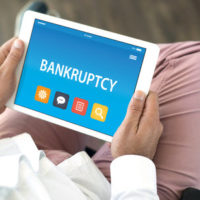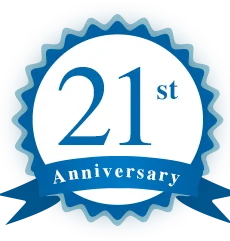The Ups and Downs of Chapter 13 Bankruptcy in Florida

Making the decision to file for bankruptcy isn’t easy, but for many people it may be the only solution to their debt problems. One option for many Florida residents who find themselves in very poor financial situations due to debt is filing for Chapter 13 bankruptcy. With the help of an experienced West Palm Beach Chapter 13 bankruptcy attorney to guide them, an individual can pursue a Chapter 13 filing.
How Chapter 13 bankruptcy works
To qualify for Chapter 13 bankruptcy, also known as the “wage earner” bankruptcy, in Florida, an individual must have enough income to pay off their secured and unsecured creditors. A debtor must be willing to use all of their disposable income to pay creditors until their debts are paid in full or for a duration of five years, whichever comes first. Any unsecured creditors must receive an amount equal to what they would get from non-exempt property in a Chapter 7 bankruptcy.
Many individuals in Florida file for Chapter 13 bankruptcy in order to catch up on missed mortgage payments to avoid foreclosure or to eliminate unsecured second mortgage liens. Chapter 13 bankruptcy also permits the discharge of some debts that may not be dischargeable in a Chapter 7 filing.
Qualifying for Chapter 13 bankruptcy
Any individual who is a Florida resident and has sufficient funds to execute a payment plan through a Chapter 13 bankruptcy filing may qualify. There are debt limits to consider, though. Chapter 13 has a secured debt limit of $383,175 and an unsecured debt payment of $1,149,525.
Secured debts are properties in which the creditor has an interest, such as mortgages, loans, and electronics. Unsecured debts include credit card debt, personal loans, and outstanding medical bills.
Creating a Chapter 13 plan
If an individual qualifies for Chapter 13 bankruptcy in Florida, they are required to submit an official petition to the court in order to start the process. Within 14 days of filing a petition, the individual’s bankruptcy attorney is required to submit a Chapter 13 plan that the debtor agrees to execute. In this plan, the debtor must pay a flat monthly fee to a Chapter 13 trustee, who then pays the creditors according to the plan.
The first payment is due within 30 days of filing, and the trustee must be paid with either a cashier’s check or money order via mail or through their preferred payment portal. Trustees cannot be paid directly by the debtor.
What happens after filing?
Once an individual files for Chapter 13 bankruptcy in Florida, an automatic stay is put into place so that creditors cannot continue to try and receive payments by contacting the debtor directly. About a week after filing, the court will issue what is known as a “341 Notice” to the debtor and creditors to notify them of the filing. If any bills are received after the filing, a copy of the 341 Notice can be sent by the debtor to prove the filing is already in process.
Chapter 13 bankruptcy in Florida takes about 3-5 years to complete. Once the debts are paid in full or the five years is up, the debtor will receive a discharge of debts.
How a bankruptcy attorney can help
In Florida, Chapter 13 bankruptcy isn’t such a straightforward ordeal. By hiring a knowledgeable bankruptcy attorney to handle the Chapter 13 bankruptcy filing in Florida, an individual can make sure their filing is accurate and they are able to execute the plan they agree to. Reach out to us at Kelley Kaplan & Eller for help.
Resources:
law.cornell.edu/wex/341_notice
uscourts.gov/services-forms/bankruptcy/bankruptcy-basics/chapter-13-bankruptcy-basics



